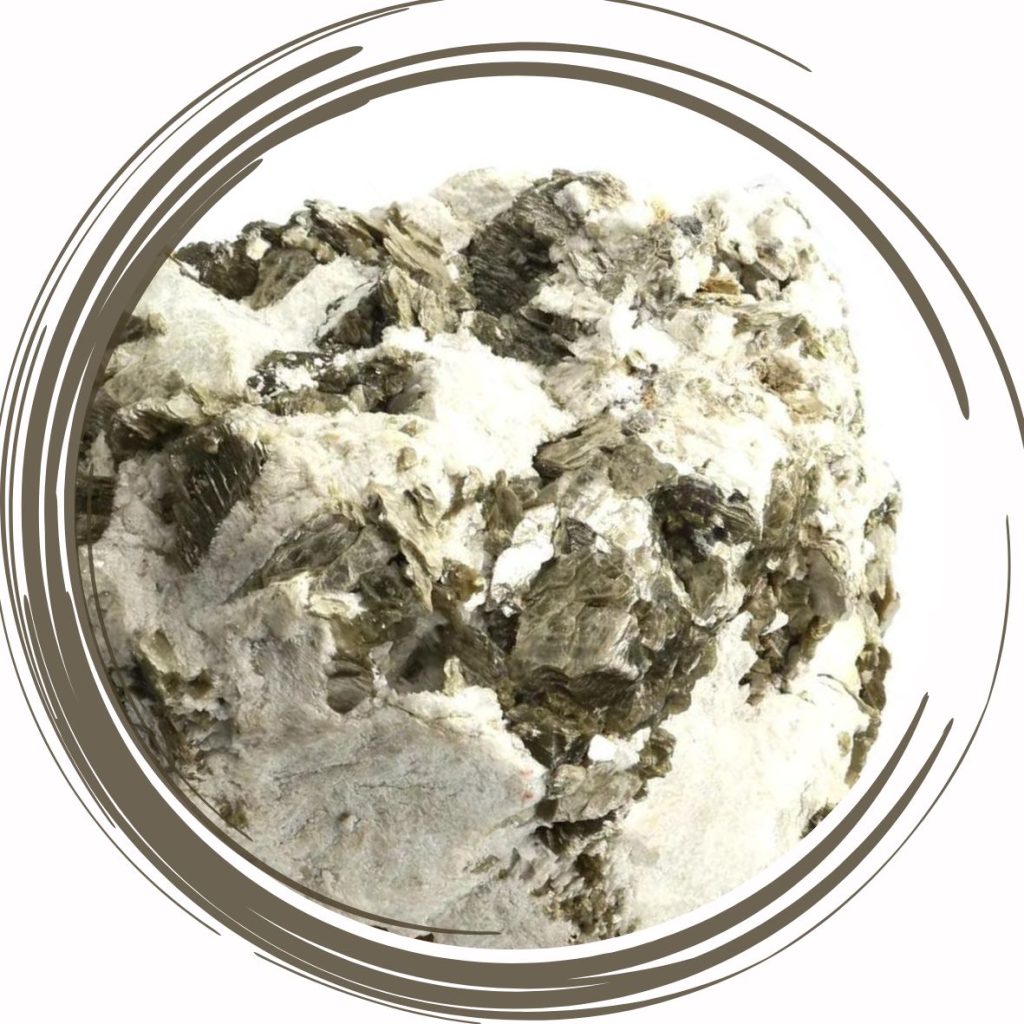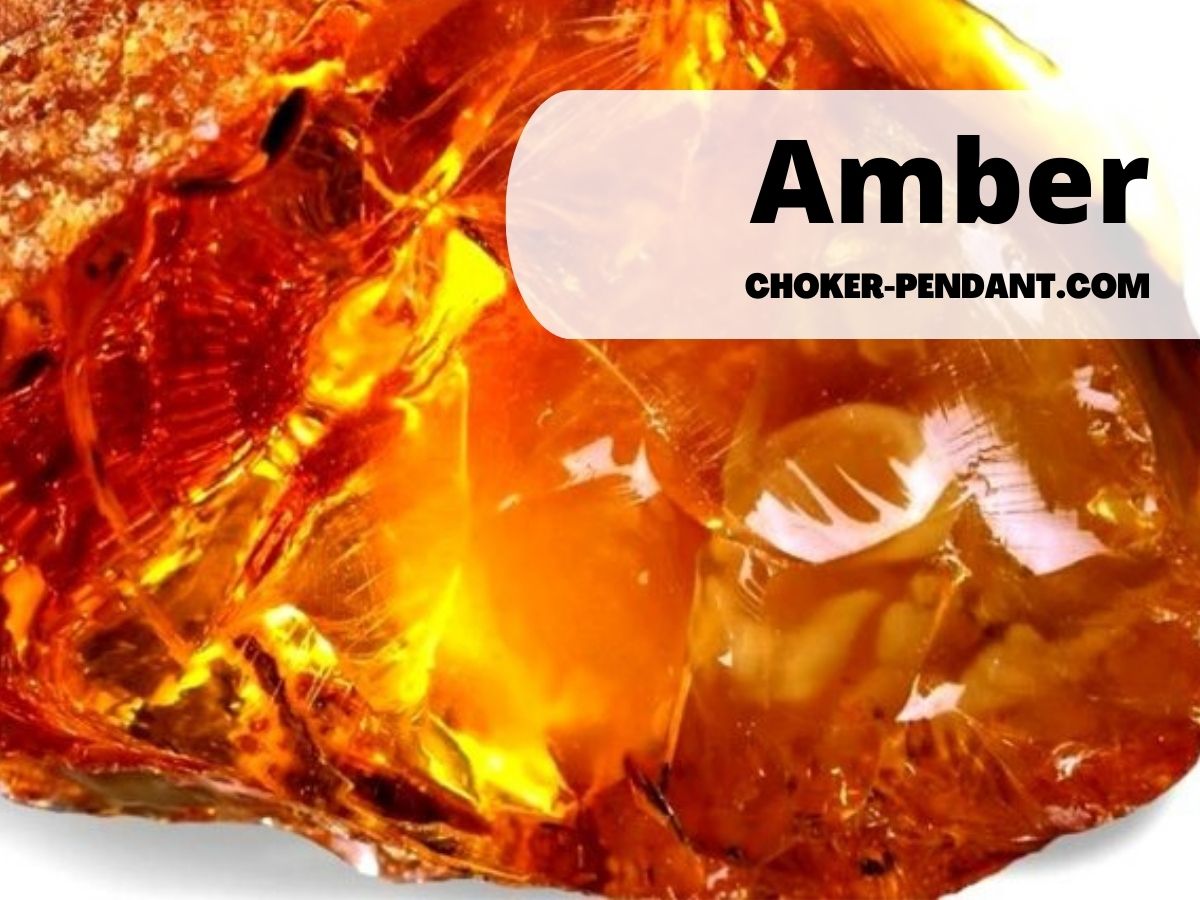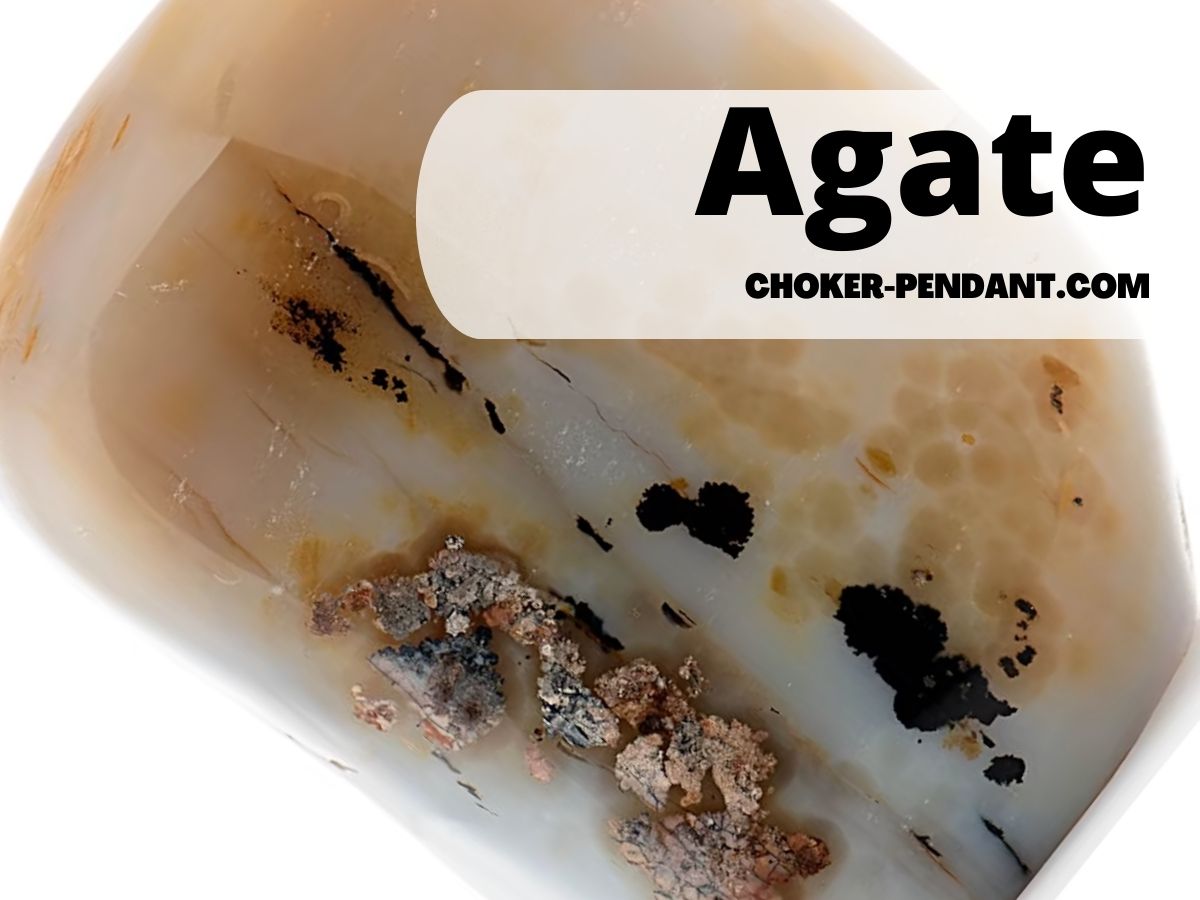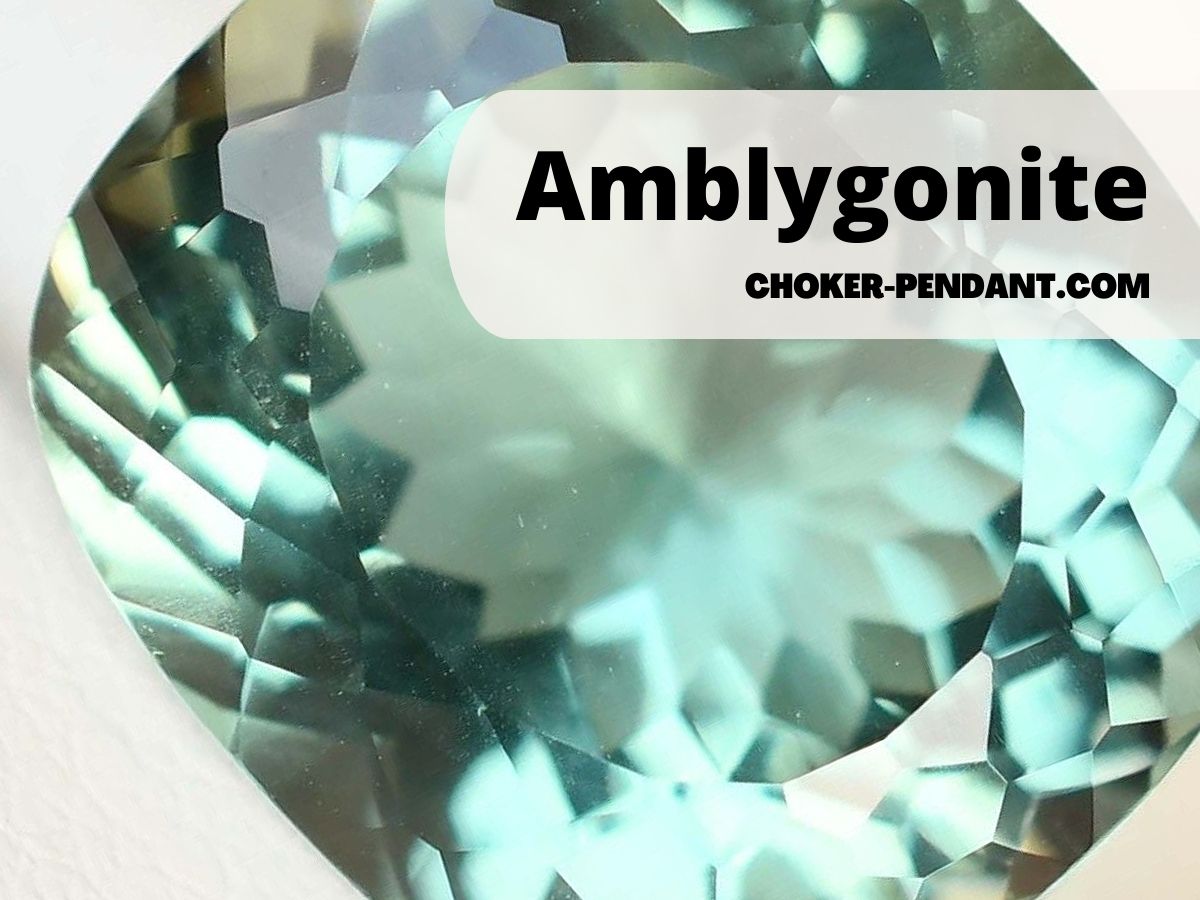What is Albite Stone?

Albite stone is a fascinating gemstone famous for its exceptional beauty and extensive geological history. It is a beautiful mineral belongs to the feldspar group. This page goes into the complexities of albite stone, including information on its composition, physical qualities, occurrence, kinds, and formation methods. Set off on an adventure to discover the mysteries of this enthralling diamond and its significance in the realm of geology.
Albite Specifications & Characteristics
| Origin of the name: | The name Albite comes from the Latin word “albus,” which means “white,” referring to the mineral’s most common color. |
| Group of belonging: | Albite belongs to the Feldspar Group. |
| Chemical composition: | Albite has the chemical formula NaAlSi3O8. |
| Hardness: | 6 to 6.5 on the Mohs scale |
| Crystal system: | Albite crystallizes in the triclinic crystal system. |
| Deposit(s): | Switzerland, Norway, Canada, and the United States. |
| Cleavage: | Albite has two perfect cleavages, which means it can be broken along these planes with a smooth, flat surface. The two cleavages are perpendicular to each other. |
| Color(s): | Albite is most commonly white or colorless, but it can also be found in a variety of other colors, including gray, yellow, pink, and green. |
| Transparency: | Albite can be transparent to translucent, depending on its purity and the presence of inclusions. Transparent albite is sometimes used as a gemstone. |
| Luster: | Albite has a vitreous to pearly luster, meaning it reflects light like glass or pearl. |
| Geological occurrence: | Albite is a major component of many igneous rocks, including granite, syenite, and diorite. It is also found in some metamorphic rocks, such as gneiss and schist. Albite can also form in sedimentary rocks through the weathering of other minerals. |
Overview of Albite Stone
Albite stone, commonly known as sodium feldspar or soda spar, is named after the Latin word “albus,” which means “white.” It is a mineral that ranges from translucent to opaque and is part of the plagioclase feldspar class. Albite is normally colorless or almost white, although minor impurities can cause it to have slight yellowish-brown or pink tints.
When polished, its vitreous brilliance gives it a fascinating radiance. Albite stone is generated geologically by processes such as magmatic differentiation, metamorphism, and hydrothermal alteration.
Albite is a mineral that originates as a key ingredient of volcanic rocks such as granite and pegmatites during the crystallization of molten magma deep under the Earth’s surface. Furthermore, it can be converted into albite by metamorphic processes that occur inside the Earth’s crust at high temperatures and pressures.
Geological Background and Formation
Albite stone has a rich geological history that is inextricably linked to its creation processes. It is a member of the plagioclase feldspar series, which includes oligoclase and labradorite. The crystal shapes of these minerals are similar, but their sodium-calcium ratios differ.
Albite has a sodium-rich formula represented by Na(AlSi3O8) in terms of chemical makeup. It is made up of interlocking silica tetrahedra with aluminum and sodium ions filling the blank areas between them.
This unique arrangement contributes to albite’s characteristic cleavage and hardness. The formation of albite stone is intricately linked to the cooling and crystallization of magma.
When molten rock cools at a slow rate, plagioclase feldspars such as albite can crystallize, along with other minerals like quartz and mica. Consequently, these feldspar crystals become an integral part of various igneous rocks, playing a crucial role in their overall composition.
Apart from primary magmatic processes, metamorphism can also give rise to albite stone. During regional metamorphism or contact metamorphism, pre-existing plagioclase feldspars undergo chemical reactions that transform them into albite through the addition of sodium ions.
This alteration occurs under intense heat and pressure conditions deep within the Earth’s crust. In some instances, hydrothermal alteration plays a significant role in forming albite stone.
Hot fluids rich in dissolved minerals circulate through fractures in existing rocks, facilitating chemical reactions that result in the precipitation of albite veins or pockets. These hydrothermal systems act as conduits for mineral-rich fluids originating from deeper parts of the Earth’s crust.
Understanding the definition and geological background of albite stone provides a solid foundation for exploring its remarkable properties and significance in various geological processes. The next sections will delve deeper into its composition, physical properties, occurrence patterns around the world, different types and varieties it manifests as well as how it is utilized by individuals across different fields.

Composition and Physical Properties of Albite Stone
Chemical Formula and Mineral Group Classification
Albite stone belongs to the feldspar group, which is a major component of Earth’s crust. Its chemical formula is Na(AlSi₃O₈), indicating that it is a sodium aluminum silicate mineral.
As a member of the plagioclase feldspar series, albite forms a solid solution with other feldspars, such as anorthite and orthoclase. This solid solution series allows for variations in composition, resulting in different minerals within the albite-anorthite range.
Crystal Structure and Symmetry
Albite stone crystallizes in the triclinic system, often forming prismatic or tabular crystals. Its crystal structure consists of three axes of unequal length (a, b, c) intersecting at oblique angles (α, β, γ).
Albite exhibits perfect cleavage along two planes parallel to its basal axis (010) due to its triclinic symmetry. This cleavage can result in smooth surfaces on broken fragments.
Color Variations and Optical Properties
The color of albite stone can vary depending on impurities present within the crystal lattice. Pure albite is colorless or white, but common impurities give rise to various hues such as pale yellow, pinkish-brown, or even greenish tints. In transmitted light, albite appears colorless due to its low absorption coefficient for visible wavelengths.
Optically, albite exhibits biaxial positive interference figures under a polarizing microscope. It has moderate refractive indices ranging from approximately 1.527 to 1.539 for α-rays and 1.533 to 1.545 for γ-rays.
The birefringence ranges between 0.006 and 0.010, indicating a low to moderate degree of optical anisotropy. These optical properties aid in the identification of albite within thin sections under polarized light microscopy.
Hardness, Cleavage, and Fracture Characteristics
Albite stone has a Mohs hardness of 6-6.5, making it relatively hard but still susceptible to scratching by harder minerals like quartz or topaz. Its perfect cleavage allows it to break easily along two directions parallel to its basal plane (010) and can produce smooth, reflective surfaces.
When fractured, albite exhibits a conchoidal fracture pattern characterized by smoothly curving concentric ridges resembling the inside of a clamshell. This fracture type is common in minerals with no preferred cleavage direction or when the amount of energy required for cleavage is similar to that needed for fracturing.
Overall, albite stone possesses unique composition and physical properties that make it an intriguing mineral within the feldspar group. Its chemical formula, crystal structure, color variations, optical properties, hardness, cleavage characteristics, and fracture patterns all contribute to its distinctive appearance and distinguishable features among other minerals in nature.
Occurrence and Distribution of Albite Stone
Global Deposits and Major Sources
Albite stone, a popular feldspar mineral, can be found in various regions across the globe. It is widely distributed and occurs in a variety of geological settings.
Understanding the major sources of albite is crucial for comprehending its occurrence and distribution patterns. These sources can be categorized into different rock types, including pegmatites, granite intrusions, metamorphic environments, and hydrothermal systems.
Pegmatites: The Primary Host Rocks for Albite Crystals
Pegmatites constitute one of the primary host rocks for albite crystals. These exceptional geological formations are igneous intrusions with exceptionally large crystals due to the slow cooling rate of their parent magmas.
Pegmatitic albite crystals often exhibit remarkable clarity and quality, making them highly sought after by collectors and lapidaries alike. Notable pegmatitic deposits yielding fine specimens of albite include those found in Brazil’s Minas Gerais region, Russia’s Ural Mountains, and the United States’ Black Hills.
Granite Intrusions: Secondary Occurrences of Albite Veins
Apart from pegmatites, albite can also be found as secondary occurrences within granite intrusions. Granite is an intrusive igneous rock with a coarse-grained texture resulting from slow cooling beneath Earth’s surface.
Within these granitic bodies, veins rich in albite can form as fluids infiltrate fractures or faults within the host rock during or after its solidification. Notable occurrences include those observed in European countries such as Norway’s Tvedestrand granite or Italy’s Baveno granite.
Metamorphic Environments: Transforming Feldspars into Albite
Metamorphism plays a crucial role in transforming feldspar minerals into albite. Feldspars, including plagioclase feldspars rich in sodium (such as anorthite), can undergo metamorphic processes that alter their composition to convert them into albite.
This transformation occurs under high temperatures and pressures, typically associated with regional metamorphism or contact metamorphism. Examples of metamorphic environments where albite can form include the Barrovian zones of Scotland’s Highlands or the Alps in Europe.
Hydrothermal Systems: Hot Fluids Creating Albite Deposits
Hydrothermal systems, characterized by hot fluids circulating through fractures and faults in the Earth’s crust, also contribute to the formation of albite deposits. When these hot fluids interact with existing rocks, they can induce chemical reactions that facilitate the precipitation of albite minerals. Hydrothermal veins rich in albite can be found in various regions worldwide, such as those observed within mineralized quartz veins in Australia’s Broken Hill region or within copper-gold deposits of Chile’s El Teniente mine.
Albite stone exhibits a widespread occurrence and distribution across different geological settings globally. Pegmatites serve as primary host rocks for high-quality crystals, while granite intrusions provide secondary occurrences through vein formation.
Metamorphic environments play a crucial role in transforming feldspars into albite during geological processes, and hydrothermal systems contribute to the creation of albite-rich deposits through precipitation from hot fluids. Exploring these diverse sources enhances our understanding of this captivating mineral’s global distribution patterns and provides insight into its geological significance.
Types and Varieties of Albite Stone
Common or Sodium-Rich Albite
Albite, also known as sodium feldspar, is a widely recognized and abundant variety of feldspar mineral. It belongs to the plagioclase feldspar group, characterized by its sodium-rich composition.
Common albite typically exhibits a vitreous to pearly luster and has a translucent to opaque appearance. In terms of color, it can vary from white, cream, pale yellow, or even light pink.
The variation in color is often influenced by impurities present in the crystal lattice. One of the remarkable physical features of common albite is its distinct cleavage.
It cleaves perfectly along two planes intersecting at approximately 90 degrees, resulting in tabular crystals with smooth surfaces. This characteristic makes it well-suited for lapidary purposes such as gemstone cutting and carving.
Additionally, common albite possesses a Mohs hardness ranging from 6 to 6.5, making it moderately durable. Due to its abundance and versatile nature, common albite finds extensive applications across various industries.
In the realm of construction and architecture, it is frequently used as a raw material for manufacturing ceramics, glassware, and tiles due to its low melting point and excellent fluxing properties. Furthermore, with its attractive appearance and moderate hardness, common albite also serves as an ornamental stone for jewelry crafting.
Notable localities where common albite can be found include the United States (specifically North Carolina), Brazil (Minas Gerais), Russia (Kola Peninsula), India (Jharkhand), Norway (Larvik region), and Italy (Val d’Aosta). These deposits have been long celebrated for their fine-quality albites which have contributed significantly to jewelry production worldwide.
Calcium-Rich Plagioclase Feldspar (Anorthoclase)
Anorthoclase, a particular variety of albite, belongs to the plagioclase feldspar group but is distinguished by its higher calcium content. The name “anorthoclase” indicates the orthorhombic crystal structure it possesses. This variety of albite is often found in association with other feldspars in igneous rocks like granite and syenite.
Physically, anorthoclase exhibits similar features to common albite. It typically presents a vitreous luster and can appear colorless, pale yellow, or light gray.
In terms of hardness, anorthoclase falls within the range of 6 to 6.5 on the Mohs scale. Anorthoclase has various applications in both commercial and scientific domains.
Its attractive appearance makes it a sought-after mineral for collectors and lapidaries. It can be cut into cabochons or faceted into gemstones due to its vitreous luster and moderate hardness.
Additionally, anorthoclase is utilized in geological research as an indicator mineral for certain rock formations and geological processes. Notable localities where anorthoclase is found include Brazil (Minas Gerais), Russia (Kola Peninsula), Germany (Bavaria), Norway (Telemark), Madagascar, Tanzania (Mount Kilimanjaro region), and the United States (Colorado).
These deposits have yielded exquisite specimens of anorthoclase that have garnered attention from both researchers and enthusiasts alike. Overall, these variations within the albite stone family provide a diverse array of physical characteristics and applications for different industries.
From construction materials to jewelry crafting and scientific research, albite stones offer a wide range of possibilities due to their abundance and versatility. Understanding the distinct features of sodium-rich albite and calcium-rich plagioclase feldspar helps us appreciate their unique contributions to the world of minerals and gemstones.
Formation Processes and Geological Significance
Albite stone, a member of the plagioclase feldspar family, forms through various geological processes that shape its composition and significance in the Earth’s crust. Understanding these formation processes is crucial for deciphering the geological history of a region and unraveling the complex interactions between different rock types.
The formation of albite can be attributed to three primary processes: magmatic differentiation, metamorphism, and hydrothermal alteration. Additionally, the petrological indicators provided by albites offer valuable insights into the geological evolution of a specific area.
Magmatic Differentiation: How Magma Gives Rise to Albite Crystals
Magmatic differentiation is a key process through which many igneous rocks form, including those hosting albite crystals. It involves the separation and crystallization of minerals from a cooling magma body as it undergoes fractional crystallization. During this process, minerals with higher melting points crystallize first, leaving behind a residual melt that becomes enriched in certain elements like sodium (Na) – an essential component of albite.
In magma bodies with sufficient amounts of sodium-rich parental material (melt), as they cool down over time, albite crystals begin to form alongside other minerals such as quartz and orthoclase feldspar. The size and abundance of albite crystals within an igneous rock depend on factors such as cooling rate, chemical composition of the magma, and pressure conditions during solidification.
Metamorphism: Transforming Plagioclase Feldspars into Sodium-Rich Albites
Metamorphism refers to changes in mineralogical composition or texture caused by high temperatures and pressures within the Earth’s crust. In some metamorphic environments where plagioclase feldspars predominate initially, these minerals can undergo transformation into sodium-rich albites through a process known as albite episyenitization.
This occurs when plagioclase feldspars react with fluids during metamorphism, leading to the exchange of calcium ions (Ca) for sodium ions (Na). Metamorphic conditions such as higher temperatures, increased fluid activity, and the presence of sodium-rich fluids facilitate this ion exchange process, gradually converting plagioclase feldspars into albite crystals.
The resulting albite-rich rocks exhibit distinctive textures and mineral assemblages indicative of the metamorphic processes that occurred. The occurrence of sodium-rich albites within metamorphic terranes provides valuable information about the intensity and conditions of metamorphism in a particular region.
Hydrothermal Alteration: The Role of Hot Fluids in Forming Albite Veins
Hydrothermal alteration plays a vital role in the formation of many mineral deposits, including those containing albite veins. Hydrothermal fluids, derived from magmatic sources or heated groundwater, migrate through fractures or faults within pre-existing rocks. As these hot fluids circulate through rock formations, they interact with minerals present, leading to significant chemical changes.
In the case of albite veins, hydrothermal alteration involves the introduction of sodium-rich fluids into host rocks containing plagioclase feldspars or other suitable minerals. These fluids promote the replacement of calcium ions in existing minerals with sodium ions from solution, resulting in an abundance of albite crystals along fluid pathways.
Petrological Indicators: Using Albites to Understand Geological History
Albite stone serves as a critical petrological indicator for understanding various aspects of Earth’s geological history. By studying their textures and relationships with other minerals within igneous or metamorphic rocks, geologists can make insightful interpretations about the conditions under which these rocks formed. For example, the presence of large and well-developed albite crystals in certain granitic intrusions may indicate slow cooling rates and a prolonged crystallization history.
On the other hand, small, vein-like albite occurrences might suggest rapid hydrothermal processes or post-magmatic alteration. Petrological analysis of albites also allows geologists to identify specific geological events such as magma intrusions, metamorphic episodes, or hydrothermal fluid flow.
Understanding the formation processes of albite stone and its role in geological contexts provides a wealth of information about Earth’s past. Magmatic differentiation, metamorphism, hydrothermal alteration, and petrological indicators allow geologists to unravel the complex story preserved within rocks containing this valuable mineral.
Utilization
Albite Stone in the Construction Industry
Albite stone finds extensive utilization in the construction industry due to its desirable properties. Its hardness and durability make it an excellent choice for flooring, countertops, and wall cladding.
Albite’s attractive colors and patterns add aesthetic value to architectural designs, making it a sought-after material for both residential and commercial projects. Additionally, its resistance to weathering and chemical corrosion makes it an ideal candidate for outdoor applications such as paving stones and facades.
Albite Stone in Jewelry
The beauty of albite stone has also captured the attention of jewelry designers. With its lustrous appearance and a range of colors that includes creamy whites, pale pinks, and even greenish hues, albite can be cut into mesmerizing gemstones.
While not as widely known as other gemstones, such as diamonds or rubies, albite possesses a unique charm that appeals to those seeking distinctive pieces. Craftsmen often incorporate faceted or cabochon-cut albites into earrings, necklaces, rings, or bracelets to create stunning jewelry collections.
Albite Stone in Metaphysical Applications
Beyond its practical uses, albite stone holds significant metaphysical value in various belief systems. It is said to possess gentle energies that promote emotional stability and encourage positive relationships.
Some individuals believe that carrying or wearing albite can enhance self-confidence while soothing anxiety or stress-related issues. This metaphysical aspect has popularized the use of polished albite stones as healing crystals or meditation aids.
Conclusion
Albite stone is an intriguing mineral with diverse applications across different industries. Its presence not only enhances architectural aesthetics but also provides robustness to constructions against wear and tear over time. The allure of Albite extends beyond construction; jewelry artisans appreciate its unique colors and patterns, transforming it into exquisite pieces that can captivate beholders.
Moreover, the metaphysical properties attributed to Albite add a spiritual dimension to this fascinating stone. As we delve into the world of Albite stone, we discover its remarkable geological origins, its various forms and varieties, as well as the intricate processes through which it is formed.
The widespread distribution of Albite around the globe ensures that it continues to be a valuable resource for both practical and artistic applications. In essence, Albite stone exemplifies the beauty and functionality that can be found within our planet’s geological treasures.
Its versatility makes it an invaluable asset in numerous fields. So whether you encounter Albite in architectural wonders or adorning jewelry collections or even as metaphysical tools for self-reflection, take a moment to appreciate the extraordinary qualities this remarkable mineral possesses.




